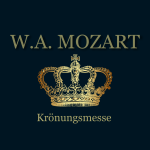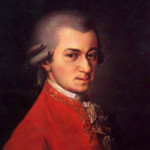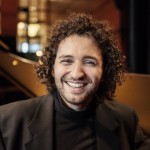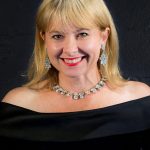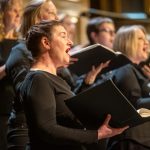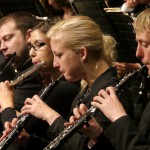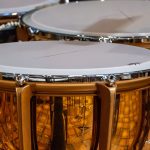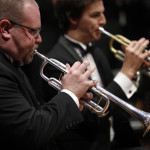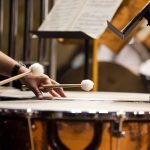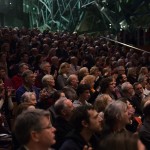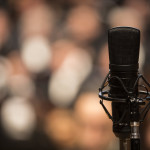Hear some of the nation’s finest young singers battle it out in the final of Australia’s most prestigious oratorio soloists award, accompanied by the brilliant pianist RMP Principal Accompanist Stefan Cassomenos.
2024 RMP Aria Finalists:
Amanda Hargreaves, soprano 25, (b. Melbourne , VIC)
Timothy Nunn, baritone, 29, (b. Sydney, NSW)
Lana Kains, soprano, 26, (b. Darwin, NT)
Jack Jordan,tenor, 25, (b. Melbourne, VIC)
Lucy Schneider, soprano, 28, (b. East Freemantle WA)
Eliza Bennetts O’Connor, soprano, 24, (b. Melbourne, VIC)
Reserve Finalists:
- Steve Coutts,tenor, 32, (b. Geelong, VIC)
- Saskia Mascitti,mezzo soprano, 23, (b. Sydney, NSW)
This evening will also feature a performance of one of Wolfgang Amadeus Mozart’s most beloved sacred works – the majestic
Krönungsmesse (Coronation Mass) in C Major, KV. 317 and the
Church Sonata No. 16 in C major KV 329 (317a)
Mozart wrote his Mass in C, K. 317, popularly known as the Coronation Mass, in 1779, during the time that he was court organist and composer to the Archbishop of Salzburg. It is no doubt the best known and, for many, the finest of the masses that he wrote for Salzburg. Although there is no definite record of a performance, its bright tone suggest that it was probably performed in the Salzburg cathedral at Easter of 1779. It is thought also to have been performed years later during celebrations for the coronation of the Holy Roman Emperor Leopold II and perhaps also for that of his successor, Francis II which is probably when it probably receieved its nickmname as the “Coronation” Mass.
Despite the archbishop’s time limitations, it appears that Mozart may well have inserted a brief church sonata between movements. One of his seventeen single-movement church sonatas has been associated with his Coronation Mass, since it was written about the same time, is in the same key, and has the same orchestration, although the organ is obbligato. When Alfred Einstein revised Koechel’s numbering of Mozart’s works, he altered the number of this sonata from K. 329 to K. 317a to reflect its connection with this mass, which is K. 317. The normal place in the church service for such a sonata would have been between the Gloria and the Credo, as the celebrant moves from one side of the choir, where he has read the epistle, to the other side, where he reads the gospel. It seems appropriate, therefore, to insert this sonata between the Gloria and Credo in these performances of Mozart’s Coronation Mass.
Featuring :
Jesse Linke soprano
Sally-Anne Russell mezzo soprano
Timothy Reynolds tenor
Nicholas Dinopoulos, baritone
Stefan Cassomenos piano
Andrew Bainbridge organ
Royal Melbourne Philharmonic Choir
Melbourne University Choral Society, Box Hill Chorale
Royal Melbourne Philharmonic Orchestra
Andrew Wailes conductor
3pm, Matinee performance (concert only) JOIN THE FACEBOOK EVENT: https://www.facebook.com/events/498561559387436
7pm, Evening Gala (includes concert at the Final of the 2024 RMP Aria) JOIN THE FACEBOOK EVENT: https://www.facebook.com/events/1606242973630960
